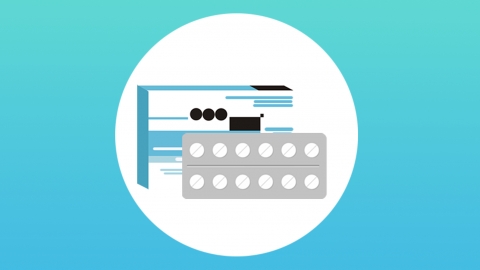Can aplastic anemia be cured?
In general, whether aplastic anemia can be cured cannot be generalized. Patients with severe forms face greater treatment challenges and have lower cure rates, while those with non-severe types often achieve long-term remission or even clinical cure through standardized treatment. The outcome primarily depends on the severity of the disease, the treatment approach, and individual patient factors. A detailed analysis is as follows:

From the perspective of disease classification, non-severe aplastic anemia progresses slowly. With treatment combining immunosuppressive agents and hematopoiesis-stimulating drugs, most patients can normalize hemoglobin, platelet, and other blood parameters within several months to a few years, achieving clinical cure and enjoying relatively high long-term survival rates.
In contrast, severe aplastic anemia develops rapidly and is life-threatening. Without prompt treatment, patients are at high risk of death due to severe infections or massive bleeding. Even with hematopoietic stem cell transplantation or intensified immunosuppressive therapy, some patients respond poorly to treatment and remain at risk of relapse or long-term complications, resulting in relatively low cure rates.
It is important to emphasize that treatment for aplastic anemia requires a long-term commitment. Patients must strictly adhere to medical instructions and avoid stopping or adjusting medications on their own. Regular follow-up tests—including complete blood counts and bone marrow aspiration—are essential to monitor disease progression and maximize treatment effectiveness.








